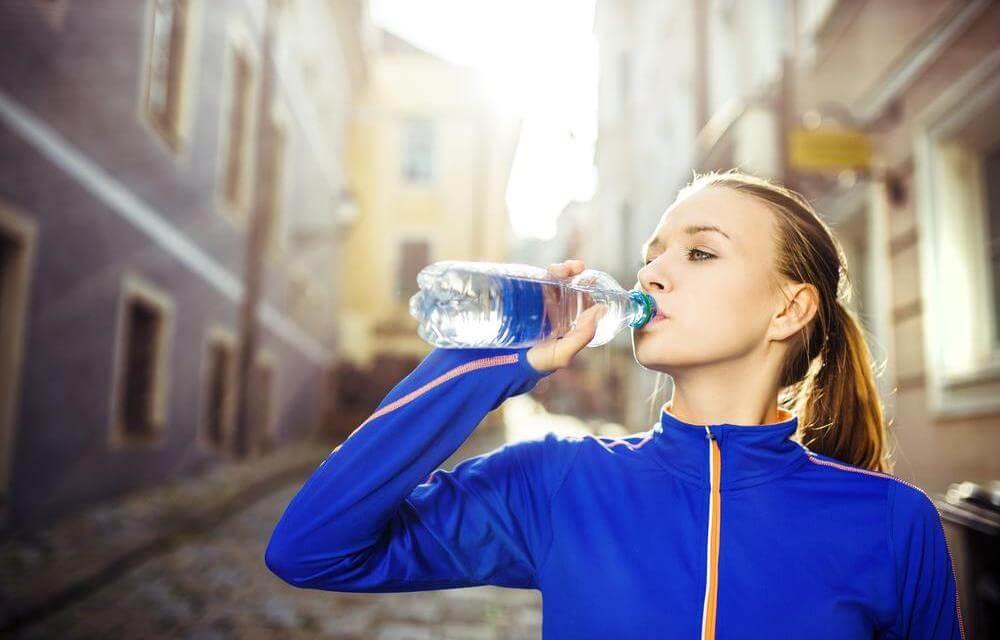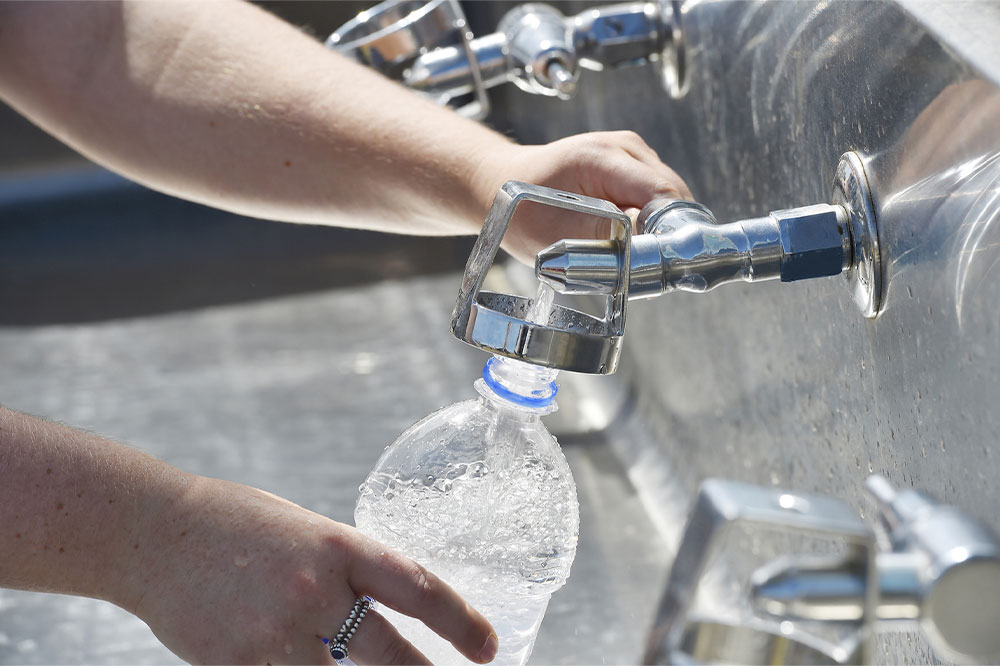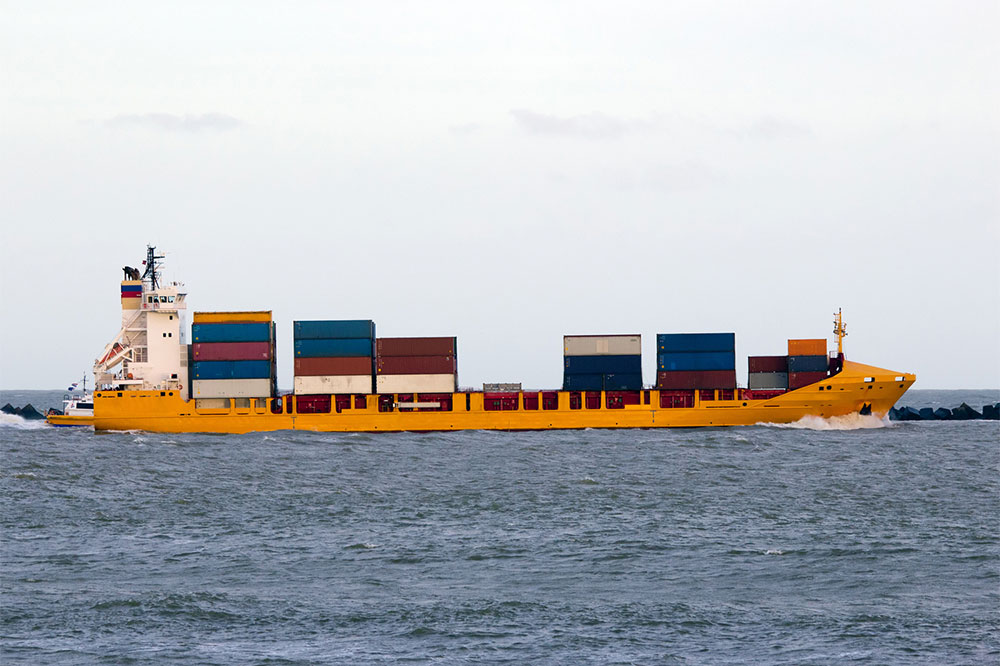Comprehensive Guide to Understanding and Choosing Bottled Water Brands
This comprehensive guide explores the realities of bottled water, including its sources, safety, environmental impacts, and alternatives. It emphasizes the importance of making informed choices for health and sustainability. Whether you're a daily consumer or seeking smarter hydration options, learn how to select quality bottled water or switch to safer, eco-friendly alternatives for your health and the planet.

Comprehensive Guide to Understanding and Choosing Bottled Water Brands
In today's fast-paced world, staying hydrated is essential for maintaining good health and energy levels. Among the many convenient options available, bottled water has emerged as the go-to solution for many individuals who need a quick, portable, and seemingly healthy beverage. The widespread consumption of bottled water underscores its popularity—billions of bottles are purchased worldwide every day. This trend is driven by the perception that bottled water is safer and purer than other drinks, especially sugary sodas and artificially flavored beverages. However, despite its convenience and marketing allure, consumers should be well-informed about what they are actually consuming when they pick up a bottle of water.
While the bottled water industry offers vast choices, from well-known brands to regional producers, the question remains: Are these brands truly delivering the pure, natural water they advertise? The truth is, the quality and safety of bottled water can vary significantly. Manufacturers often use attractive marketing that depicts scenic springs and pristine environments. Still, the reality behind the packaging is more nuanced. Understanding the actual source of bottled water, its processing methods, environmental impact, and certification status is crucial for consumers seeking the safest and most sustainable choices.
This comprehensive guide will explore essential aspects of bottled water, including its sources, safety standards, environmental considerations, certification processes, comparison with tap water, storage tips, and viable alternatives. Whether you're a daily bottled water consumer or simply want to learn more about your hydration options, this article provides valuable insights to help you make informed decisions.
Is Bottled Water Truly Pure?
Many bottled water brands rely heavily on appealing imagery—scenic mountains, pristine springs, and untouched nature—to attract consumers. This marketing strategy creates an impression of purity and naturalness. However, the actual source of bottled water can differ substantively from what is depicted on packaging. Some brands source their water from municipal supplies, underground aquifers, or even treated tap water, which means it's not always naturally sourced from untouched springs.
Even water labeled as 'natural spring water' undergoes processing to meet safety standards. This process may include filtration, disinfection, and other treatments designed to eliminate bacteria, viruses, and potential contaminants. While these procedures ensure safety, they can also alter the water's natural mineral content. Consequently, bottled water might not be entirely free of contaminants—trace amounts of chemicals like pesticides, heavy metals, or microplastics can sometimes be present, depending on the source and treatment methods.
The Environmental Impact of Bottled Water
The production and consumption of bottled water pose significant environmental challenges. The sources for bottled water are often located in remote or ecologically sensitive regions, such as islands, mountain areas, or small communities. Over-extraction of water from these sources can lead to depletion of local water tables, affecting both wildlife and residents who rely on the same water supplies for daily needs. Many communities have reported decreased water availability due to the high demand generated by bottled water companies.
Beyond water depletion, the environmental impact extends to manufacturing, packaging, and waste management. Plastic bottles, predominantly made from polyethylene terephthalate (PET), contribute substantially to global plastic pollution. Despite recycling efforts, many bottles end up in oceans, landfills, or as litter, taking hundreds of years to decompose. This pollution harms marine life, wildlife, and ecosystems. Additionally, the carbon footprint associated with the production, transportation, and disposal of bottled water is considerable.
Certifications and Quality Assurance
One way consumers can gauge the safety and quality of bottled water is by checking for official certifications. Reputable brands often undergo rigorous testing and certification by independent agencies to ensure compliance with safety standards. These certifications verify aspects such as microbial safety, mineral content, and absence of harmful chemicals. Consumers should look for labels like NSF International certification or approvals from other recognized quality assurance organizations.
It’s important to note that not all bottled water brands are certified, which means their safety and quality are not independently verified. Choosing certified brands reduces the risk of consuming water that may contain harmful substances or contaminants. Additionally, third-party testing can provide insights into the mineral composition and purity levels, helping consumers make better-informed decisions.
Comparing Bottled Water and Tap Water
Is bottled water always superior to tap water? The answer depends on various factors, such as geographic location, source, and treatment processes. In many developed countries, tap water undergoes strict regulations, with regular testing to ensure safety for consumers. In some regions, tap water quality rivals, or even surpasses, bottled water in purity and safety, especially when modern filtration systems are used at the point of use.
Conversely, in areas with outdated or poorly maintained water infrastructure, bottled water might offer a safer alternative. Nonetheless, the cost of bottled water significantly exceeds that of tap water, making it an expensive choice for everyday hydration. Furthermore, doubt about tap water quality can sometimes be mitigated through the use of affordable home filtration systems, which can remove contaminants and improve taste.
Long-Term Storage of Bottled Water
The packaging labels usually specify a shelf life, commonly ranging from one to two years. However, under proper storage conditions, bottled water can remain safe beyond the printed date. To maximize shelf life and prevent chemical leaching or bacterial growth, bottles should be stored in a cool, dry place away from direct sunlight, heat, or chemicals. Avoid storing water near cleaning supplies, gasoline, or other chemicals that can contaminate the water through permeable plastics or leaks.
It is also advisable to rotate bottled water supplies periodically, replacing older bottles with fresh stock, especially if stored for extended periods. Proper storage not only maintains water quality but also prevents plastic degradation, which can lead to leaching of microplastics and chemicals into the water.
Safer and More Sustainable Alternatives
Instead of relying solely on bottled water, consumers can adopt more sustainable and cost-effective hydration solutions. Filtered tap water, for instance, is an excellent alternative that offers high purity levels. Home water filtration systems, such as activated carbon filters, reverse osmosis units, and water pitchers with filters, are widely available and affordable. These devices can significantly improve water quality by removing chlorine, sediments, heavy metals, and microplastics, providing safe drinking water at a fraction of the cost of bottled options.
Portable water filters and filter bottles are also popular among outdoor enthusiasts and travelers. These devices enable users to access clean water during hikes, camping, or international travel, reducing reliance on single-use plastic bottles. Investing in reusable bottles with built-in filters helps promote sustainable habits and minimizes plastic waste.
Public health campaigns increasingly advocate for reducing bottled water consumption in favor of safer, eco-friendly alternatives. Making informed choices about water sources and storage can promote personal health and contribute to environmental conservation efforts.
In conclusion, while bottled water offers unmatched convenience, consumers should be aware of its environmental repercussions and the varying quality standards across brands. Exploring safe, affordable, and sustainable alternatives like filtered tap water can help you stay hydrated while protecting our planet. By understanding the source, processing, and certification of bottled water, individuals can make smarter, healthier, and more environmentally conscious choices each day.





